Butcherblock counter finish help - Osmo over waterlox?
crashball
11 years ago
Featured Answer
Comments (17)
crashball
11 years agoRelated Professionals
Flint Kitchen & Bathroom Designers · Freehold Kitchen & Bathroom Designers · Highland Kitchen & Bathroom Designers · San Jose Kitchen & Bathroom Designers · Beach Park Kitchen & Bathroom Remodelers · Fullerton Kitchen & Bathroom Remodelers · Apex Kitchen & Bathroom Remodelers · Londonderry Kitchen & Bathroom Remodelers · Langley Park Cabinets & Cabinetry · Burr Ridge Cabinets & Cabinetry · Canton Cabinets & Cabinetry · Drexel Hill Cabinets & Cabinetry · Radnor Cabinets & Cabinetry · Boise Design-Build Firms · Oak Hills Design-Build Firms2LittleFishies
11 years agobreezygirl
11 years agocrashball
11 years ago2LittleFishies
11 years agoartemis78
11 years agocrashball
11 years agosalishsong
11 years agobreezygirl
11 years agocrashball
11 years agosalishsong
11 years ago2LittleFishies
11 years agosalishsong
11 years agobreezygirl
11 years agosalishsong
11 years agoCircus Peanut
11 years ago
Related Stories
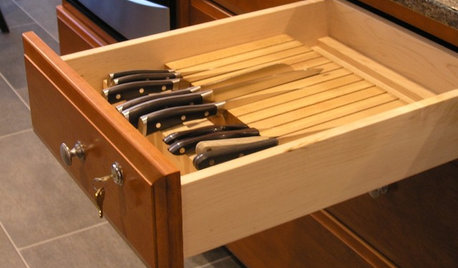
REMODELING GUIDESFrom the Pros: 8 Reasons Kitchen Renovations Go Over Budget
We asked kitchen designers to tell us the most common budget-busters they see
Full Story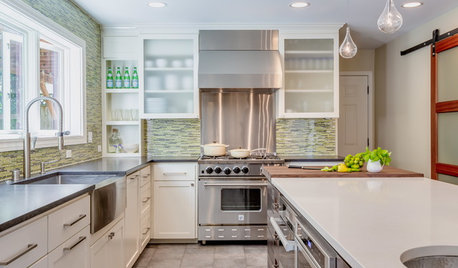
KITCHEN DESIGNKitchen of the Week: Taking Over a Hallway to Add Needed Space
A renovated kitchen’s functional new design is light, bright and full of industrial elements the homeowners love
Full Story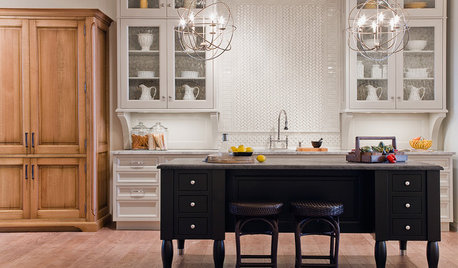
KITCHEN DESIGNYour Kitchen: Mix Wood and Painted Finishes
Create a Grounded, Authentic Design With Layers of Natural and Painted Wood
Full Story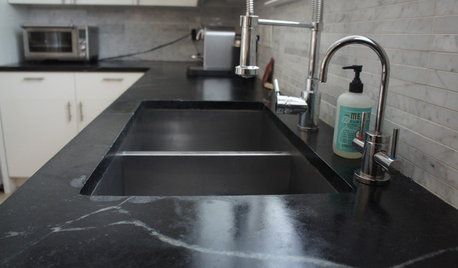
KITCHEN DESIGNSoapstone Counters: A Love Story
Love means accepting — maybe even celebrating — imperfections. See if soapstone’s assets and imperfections will work for you
Full Story
MOST POPULARYour Guide to 15 Popular Kitchen Countertop Materials
Get details and costs on top counter materials to help you narrow down the choices for your kitchen
Full Story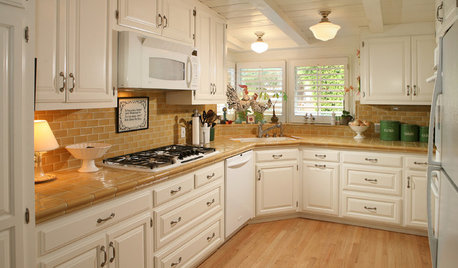
KITCHEN COUNTERTOPSKitchen Counters: Tile, the Choice for Affordable Durability
DIYers and budget-minded remodelers often look to this countertop material, which can last for decades with the right maintenance
Full Story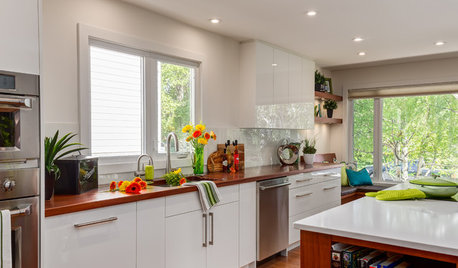
KITCHEN DESIGNThe Best Backsplashes to Pair With Wood Counters
Simplify your decision-making with these ideas for materials that work well with wood counters
Full Story
REMODELING GUIDESDesigner Confessions: Torn Between Wood Floors
19 Photos to Help You Choose a Wood Floor Finish
Full Story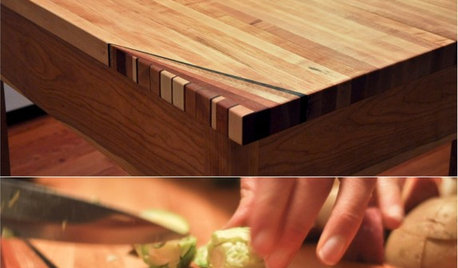
WOODWORKINGHow to Clean and Care for Your Butcher Block
Keep butcher block counters and boards looking sharp as a knife — and sanitized for safe food prep — with this advice from a pro woodworker
Full StoryMore Discussions






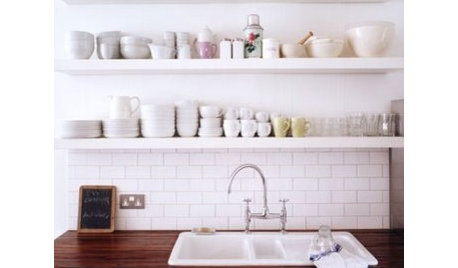


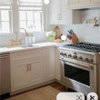
lazy_gardens